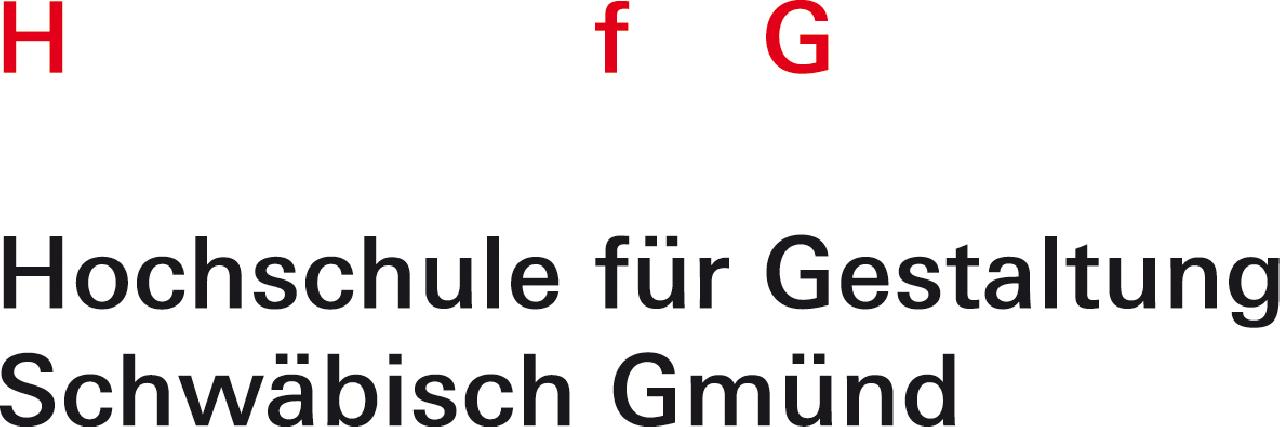Professorship for Strategic Transformation Design


No news from Calls for Participation
No news from Competitions
No news from Course
No news from Cumulus for Ukraine
No news from Global Conversations
No news from Initiatives
No news from Joint & Partner Events
No news from News
No news from Special Events
The aim of today's education is not the transfer of specific reproductive skills but in the cultivation of creative skills based on practical and scientific knowledge. The University has a generalist approach aimed at the encouragement of lateral thinking across a wide spectrum, from communication to product systems and environmental design, and at thrusting the designer to the forefront as a critic, mediator, and developer. In a rapidly changing culture an essential component of the philosophy is to enable the students to become autonomously self-developing and thus adaptable to continuous change. The University disposes of wide network of prominent industry partners.
For design to transfer knowledge and develop added value it must cross boundaries between disciplines and cultures. The development of key qualifications such as self-management, team working skills, language and intercultural competencies is thus also a natural part of the University’s courses of study. Internationalisation is an integral part of the University's strategic orientation; the school is a most active player in a network of more than 50 partner institutions in Europe and worldwide.
The University draws its dynamic and power from the fields of topical scientific, social, and economic developments and from its long and continuous tradition. This tradition is influenced by the teaching methods of the Bauhaus and particularly of the Hochschule für Gestaltung Ulm.
It aims to ensure that students reach the highest level of professional qualification and go on to play an active role in representing the interests of the users of design services. In the future the HfG intends to pursue this aim by offering professional further education courses.
The HfG’s holistic educational concept is based on the structural combination of: design methodology, science and technology. The teaching programme aims to encourage curiosity and thirst for knowledge, to develop methodical thinking, to transfer established professional content, and to strengthen students’ social and intercultural competences.
The Gmünd Model: passionate, rational, and responsible.
The HfG considers design to be an innovative discipline with scientific, social, and technological aspects.
B.A. Product Design: 7 semesters
B.A. Communication Design: 7 semesters
B.A. Interaction Design: 7 semesters
B.A. Internet of Things – Design of Networked Systems: 7 semesters
MA Strategic Design – transcending design, technology and theory programs : 3 semesters
The HfG values application oriented design research highly. All research activities are concentrated centrally in an Institute for Applied Research (IAF). This focuses on research and development questions related to the three major areas of Interaction, Communication, and Product Design. Current research projects include the ergonomic design of medical equipment and systems, communication in space (exhibition design) and the aspects of the interaction between humans and designed products and systems.
Co-operative PhD program
B.A. Product Design
B.A. Communication Design
B.A. Interaction Design
B.A. Internet of Things – Design of Networked Systems
May 1st for the winter semester, November 1st for the summer semester
German and English
Winter semester: First week of October – mid-February
Summer semester: mid-March – mid-July
approxiately 900 Euros